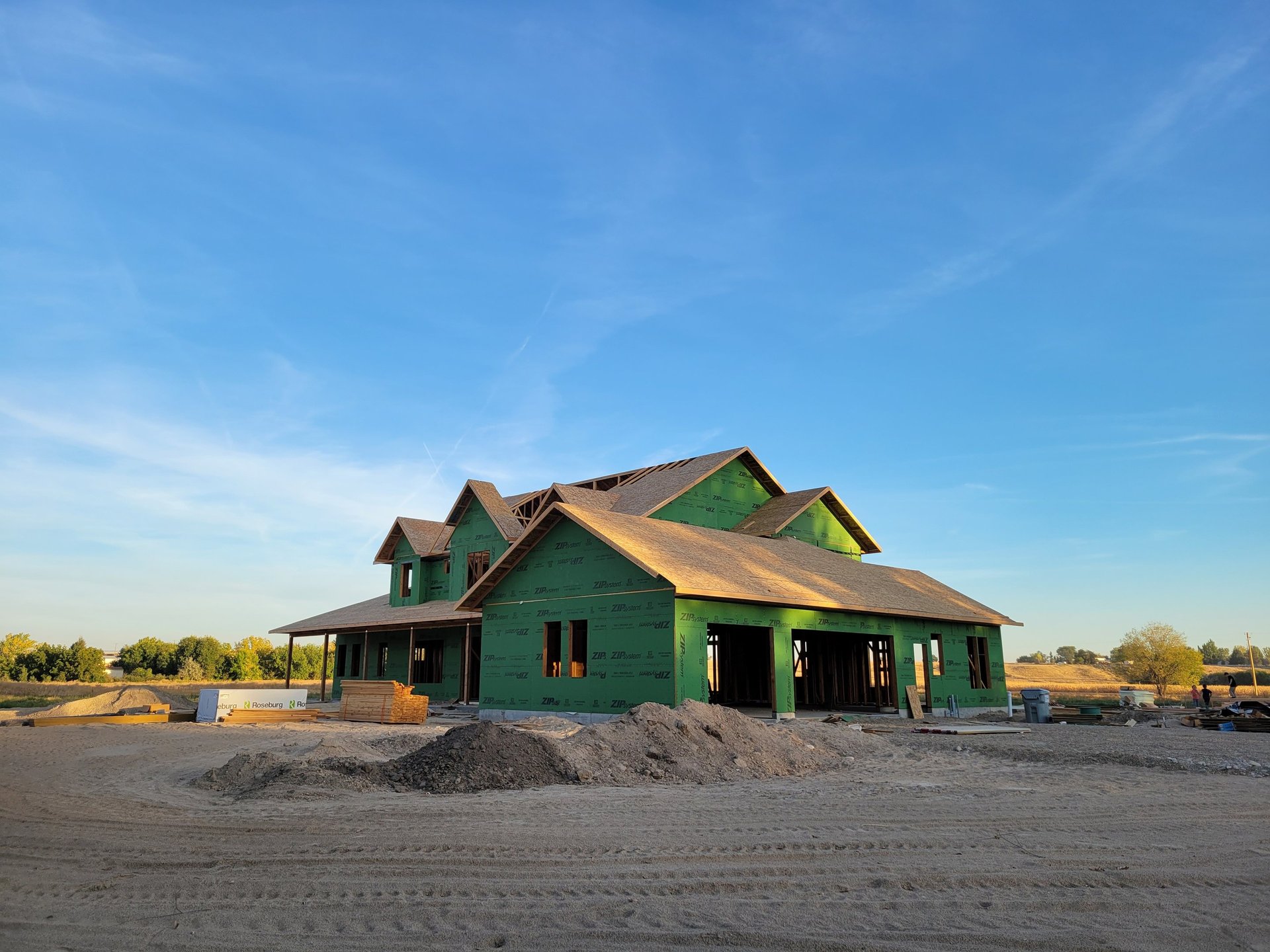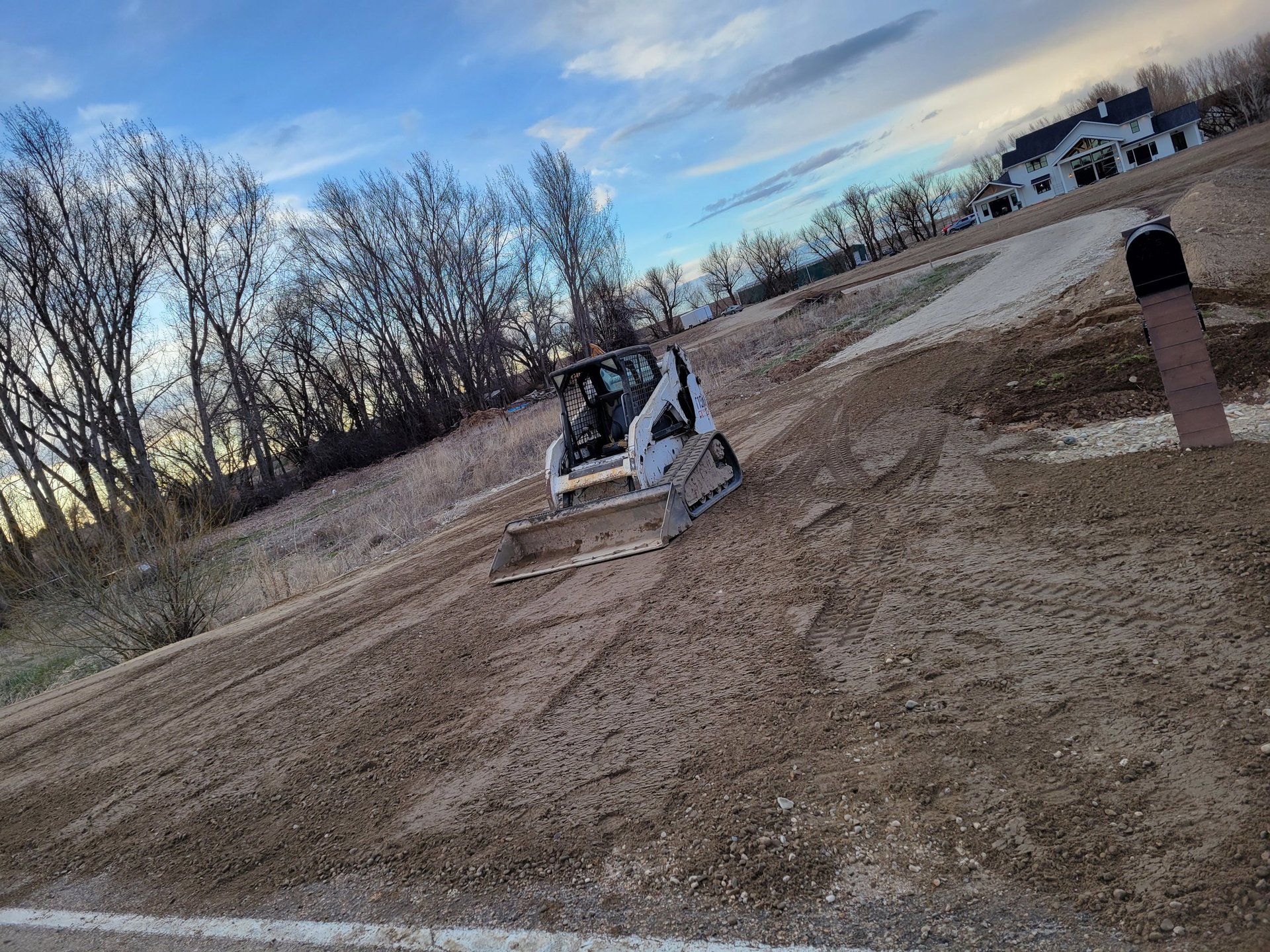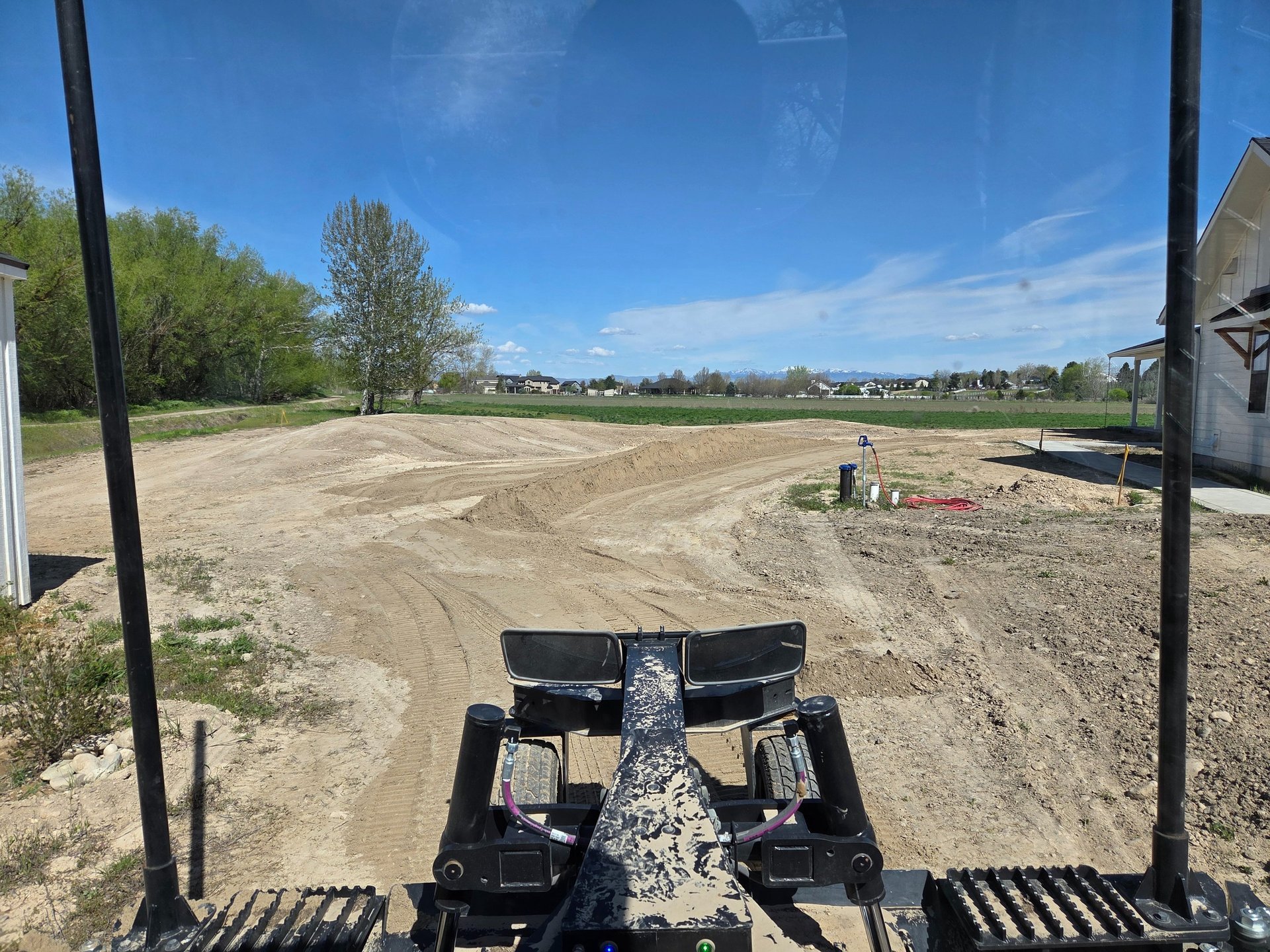
Information on the Land Development Process
Land Development Defined
While "land development" can have many definitions, at Idaho Conscious Design (ICD), it’s defined as the deliberate and diligent process of evaluating, negotiating, acquiring, planning, engineering, and constructing improvements to a piece of land. This process ensures compliance with Idaho’s laws, regulations, codes, and ordinances governing land use.
For ICD and its clients, land development typically supports the construction of a new home, multiple homes, a shop, an accessory dwelling unit (ADU), a small business, or even the subdivision of land into smaller parcels. Regardless of the project’s nature, the process follows a careful, strategic approach to transforming a piece of land into something meaningful and functional.
Have you Ever Wondered What It Takes to build a Custom Home?
The land development and custom home building process can feel overwhelming, especially if you're just starting out.
This simple, step-by-step workflow breaks down the essential stages to help you understand what’s involved. While every project has its own complexities, this guide gives you a clear starting point and a realistic look at the path ahead.
Step 1: Know your Why
Define your long-term goals, immediate objectives, and a realistic timeline.
Determine whether building a custom home is the right path for you—financially, emotionally, and logistically.
Step 2: Build your Team, and Secure Funds
Select your core team (which will depend on your project): Developer, Realtor, Surveyor, Architect/Designer, Attorney, and Builder.
A developer (and some realtors) can help coordinate these initial services for you.
Draft preliminary home/project design, aligned with your goals and objectives.
Establish a working budget and confirm your funding sources (loan pre-approval, cash, equity, etc.).
Step 3: Find and Secure your Property
Identify land that best aligns with your goals, objectives, and preliminary plans.
Conduct due diligence before purchase to avoid costly surprises (e.g., zoning, access, easements, utilities, soil conditions).
Update your budget and timeline to reflect real-world site conditions.
Step 4: Refine your Plans
Finalize your architectural and structural designs.
Expand your team as needed: Civil Engineer, Excavator, Interior Designer, Landscape Architect, etc.
Develop a detailed site plan that integrates short-term objectives with long-term goals.
Idaho Conscious Design calls this a “comprehensive site plan”.
Reassess and update your budget and project timeline accordingly.
Step 5: Permitting
Apply for and obtain all necessary permits:
Health District (e.g., septic systems)
Highway District (e.g., driveway or approach access)
Fire District (e.g., emergency access, turnarounds)
Local County or City Building Department
Adjust your project schedule and financial plan based on permit requirements or delays.
Step 6: Construction
Begin the build phase with your general contractor and subs.
Manage the process actively: change orders and unplanned costs, while maintaining clear communication.
Enjoy this phase, it is stressful but very rewarding.
Refine your timeline and financial projections as needed to stay on track.
Step 7: Inspections & Move-In
Complete all final inspections and obtain a Certificate of Occupancy.
Move in and enjoy the result of your deliberate planning and investment.
Step 8: Next Phase
Life evolves—and so might your property needs:
Building an ADU for aging parents
Subdividing for family housing
Adding a shop, barn, or accessory structures
These are much easier—and more cost-effective—if you’ve planned for them early.
At Idaho Conscious Design, we help clients plan comprehensively from day one, so future growth is intentional and not as expensive.
Important Note on Timelines & Flexibility
This workflow represents an ideal sequence—a deliberate, strategic approach to land development and home construction. In reality, every project is unique, and not all developments follow this exact path.
Unexpected challenges, permitting delays, funding changes, or evolving goals may require course corrections along the way. This process is designed to help you anticipate, adapt, and stay in control throughout your project.
Typical Timeline
While some fast-track projects move quickly, most developments will take 1 to 3 years to complete Steps 1 through 7.
Project length depends on:
Scope and complexity of the home
Condition and readiness of the land
Local regulatory processes and seasonal constraints
Availability of contractors and materials
At Idaho Conscious Design, we help you prepare for the journey, not just the destination, so your vision can become reality with fewer surprises and more confidence.

Links to other useful articles & websites
Financing a Land Purchase for Home Construction:
Building Science Basics:
Post-Frame & Timber Frame Information and Videos:

All of the videos can be seen here: https://youtube.com/@coltdickman?si=oWnSGb25abQEIq-C
Videos of Idaho Conscious Design

